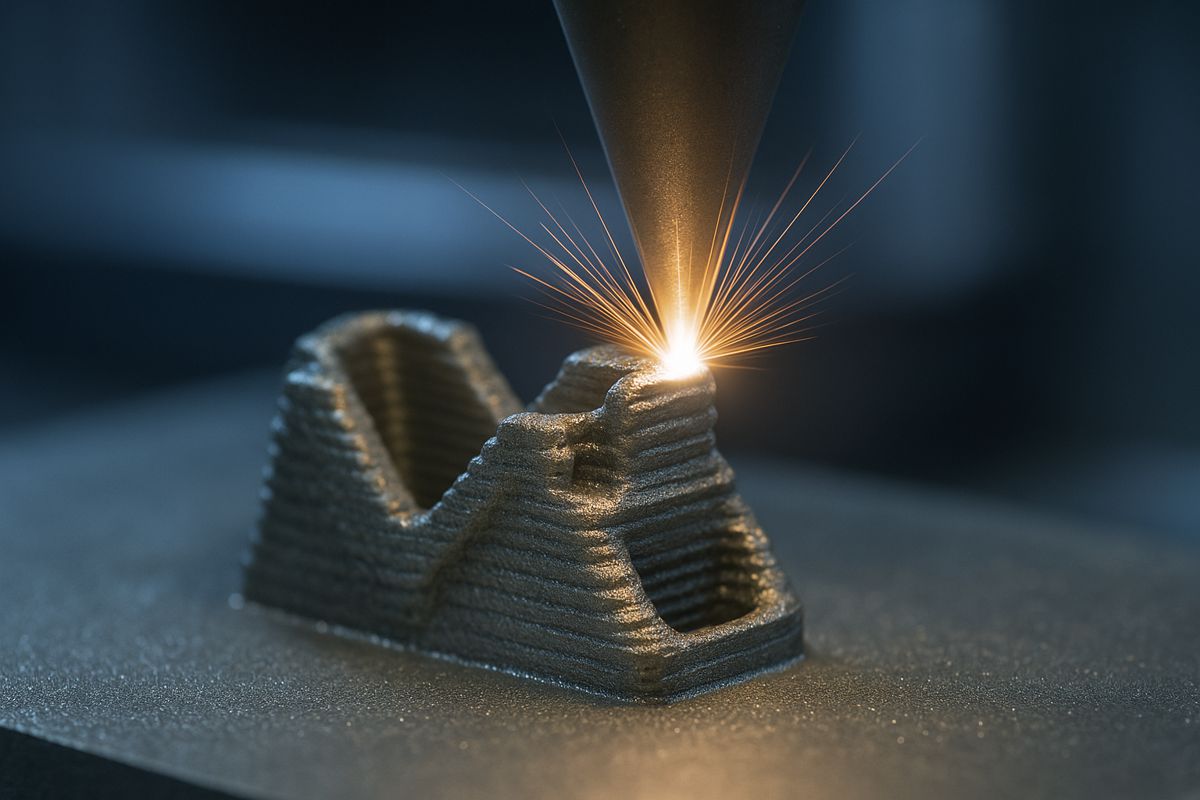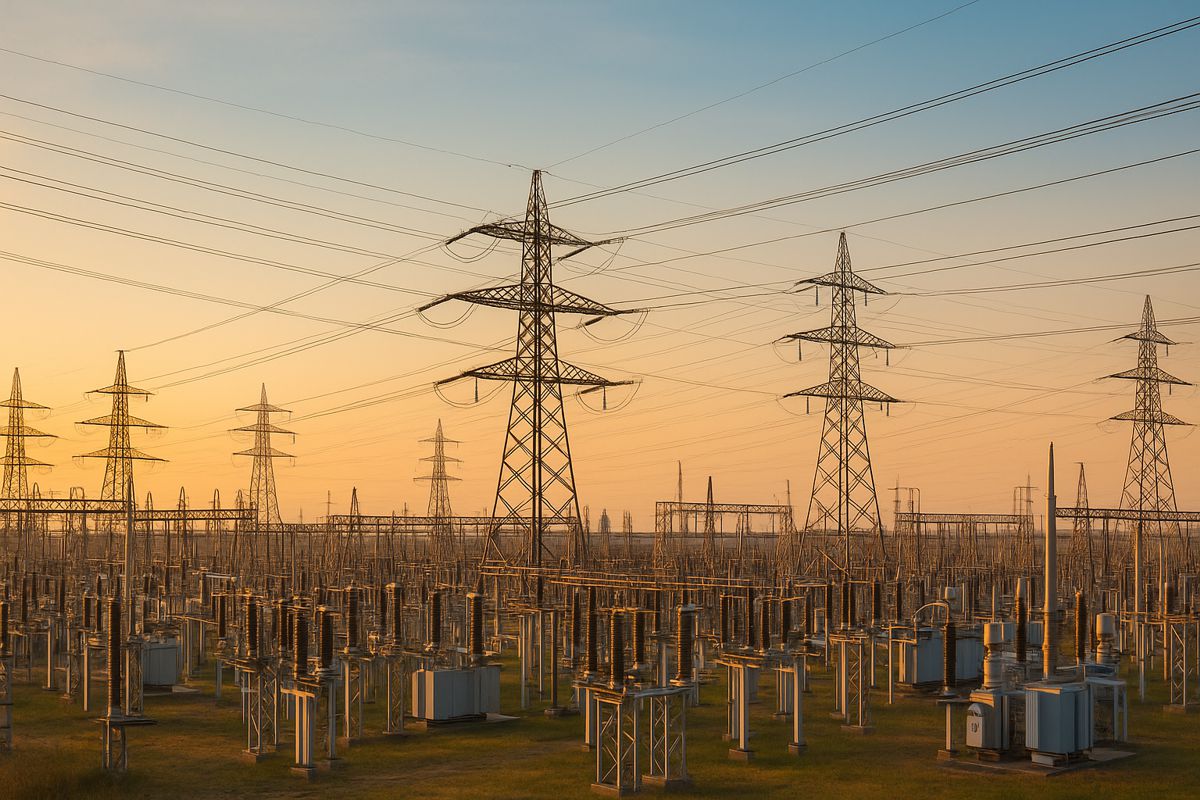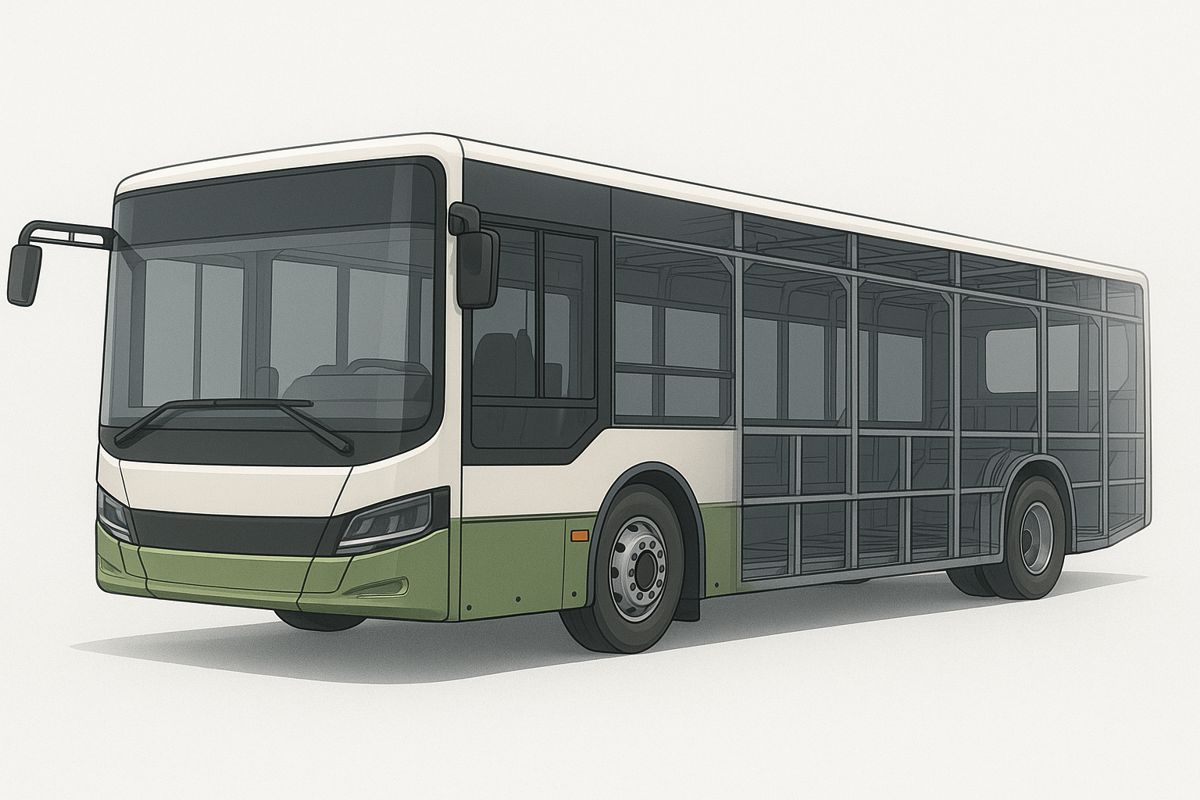Protecting Composite Wind Turbine Blades from Lightning Strikes
Lightning strikes are one of nature’s most spectacular phenomena, but they spell trouble for wind turbines, often causing damage that disrupts operations and racks up repair costs.
Vipin Kumar, a researcher at Oak Ridge National Laboratory (ORNL), has been on a mission to protect wind turbine blades from these high-voltage challenges.
With cutting-edge innovations in composite materials, Kumar and his team are rewriting the script on lightning strike protection for renewable energy infrastructure.
Tackling the Lightning Challenge
When lightning strikes a turbine blade, it might not destroy it outright, but the internal damage can be substantial. Over time, this can lead to costly repairs and downtime. In fact, lightning strikes are the second-leading cause of blade-related downtime in the wind industry.
Kumar and his team have taken a proactive approach, developing a 6.5-foot turbine blade tip using advanced composite materials. This blade tip underwent rigorous testing at Mississippi State University, where it faced simulated lightning strikes in a specialised laboratory. The results were promising: the blade tip resisted high-voltage strikes without a scratch, thanks to its innovative design and materials.
However, high current—a different destructive force in lightning—still poses challenges. Undeterred, Kumar continues to push the boundaries of composite technology to offer a comprehensive solution for turbine blade protection.
Advanced Composites
At the heart of ORNL’s research is its expertise in carbon fibre and composites. These materials combine polymers with strong fibres like carbon or glass, creating lightweight yet sturdy structures ideal for turbine blades. ORNL’s blade tip features a mix of standard glass fibre and a low-cost carbon fibre developed at the lab. This hybrid design not only makes the blade tip lighter but also enhances its ability to disperse electrical energy.
One of the most exciting breakthroughs? The customised carbon fibre used in the blade tip is fully recyclable, aligning with the wind industry’s push for greater sustainability. This innovation recently earned ORNL the prestigious ACE Award for Composites Excellence in Green Design, highlighting its potential to revolutionise renewable energy technology.
Reducing Costs Without Cutting Corners
Traditionally, the high cost of carbon fibre has limited its use in turbine blades. However, ORNL’s advancements in affordable carbon fibre production could change that. By integrating this material into the blade tip—where lightning strikes most often—manufacturers could achieve better protection at a fraction of the cost.
“This is a stepping stone in the right direction,” said Merlin Theodore, who leads ORNL’s Advanced Fibre Manufacturing group. “Although there’s more work to be done, this shows carbon fibre has a significant role to play in wind energy applications.”
The hybrid blade tip is 41% lighter than a glass fibre alternative, allowing for longer blades without adding weight. And longer blades mean more electricity generation—an essential factor in meeting growing energy demands.
Sustainability at the Forefront
The wind energy sector is under pressure to enhance sustainability, and ORNL’s recyclable blade tip fits the bill. The team plans to demonstrate the recyclability of the blade by reusing both the carbon fibre and resin in other applications, such as 3D printing.
“We’re looking at a future where every component of a turbine blade can be repurposed,” Kumar said. This commitment to sustainability not only reduces waste but also strengthens the environmental credentials of wind power.
Innovating for the Future
Kumar’s work isn’t confined to turbine blades. His research spans everything from protecting drones to safeguarding airplanes from lightning strikes. He explains that while carbon fibre composites are incredibly strong, they’re semi-conductive, making them vulnerable to lightning damage. To address this, Kumar is experimenting with conductive coatings and nanofillers to create a protective “skin” for these materials.
One of his most impressive breakthroughs came during tests where a composite panel withstood five lightning strikes, each six times stronger than the average bolt, without any damage. “I didn’t expect it to perform as well as it did,” Kumar admitted.
Commercial Potential
The wind industry is eager for solutions, and Kumar’s innovations have caught the attention of turbine manufacturers and wind farm operators alike. Through the Department of Energy’s Energy I-Corps program, Kumar interviewed 82 industry professionals to understand their challenges.
The result? Strong interest in a cost-effective nanofiller coating that can enhance blade durability without requiring major changes to manufacturing processes.
Meeting the Demand for Bigger, Better Blades
Wind turbines are getting larger, with blades now exceeding the length of a football field. While this boosts energy generation, it also increases the likelihood of lightning strikes. ORNL’s research aims to ensure these mega-turbines remain durable and efficient, even under the harshest conditions.
“Carbon fibre makes it much easier to extend the length of turbine blades,” Theodore noted. “This research is crucial for supporting the next generation of wind energy technology.”
A Bright Future for Wind Energy
ORNL’s lightning protection research represents a significant step forward for renewable energy. By combining affordability, sustainability, and performance, these innovations promise to make wind power more reliable and efficient than ever.
As Kumar put it: “This isn’t just about solving a problem—it’s about setting the stage for the future of energy.”




















